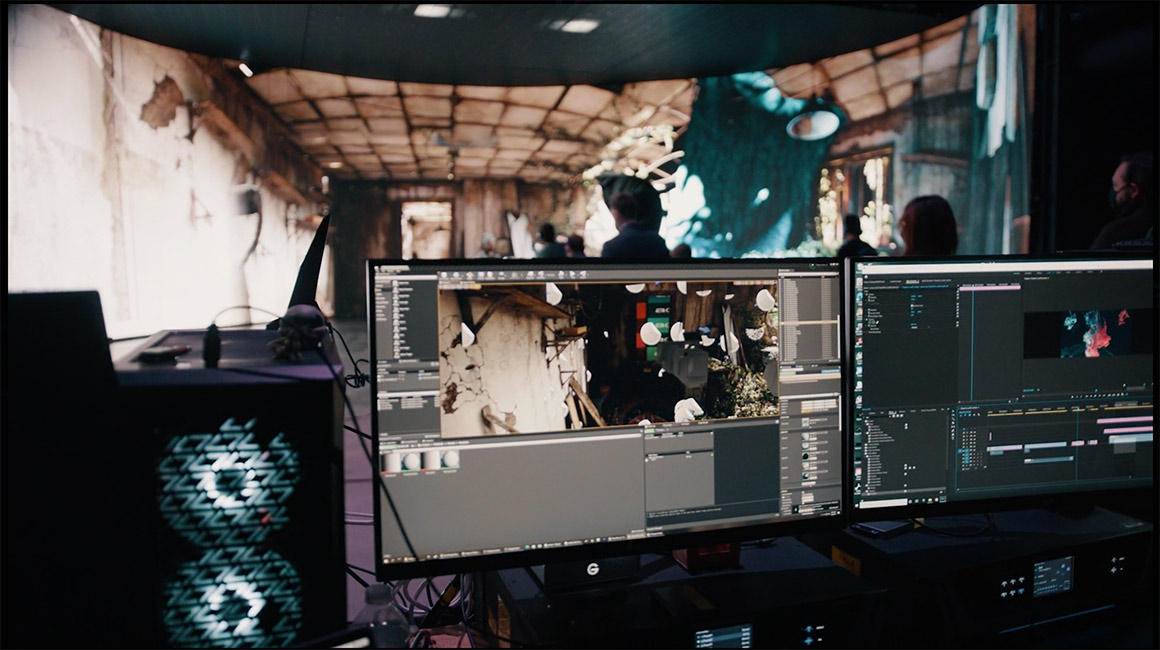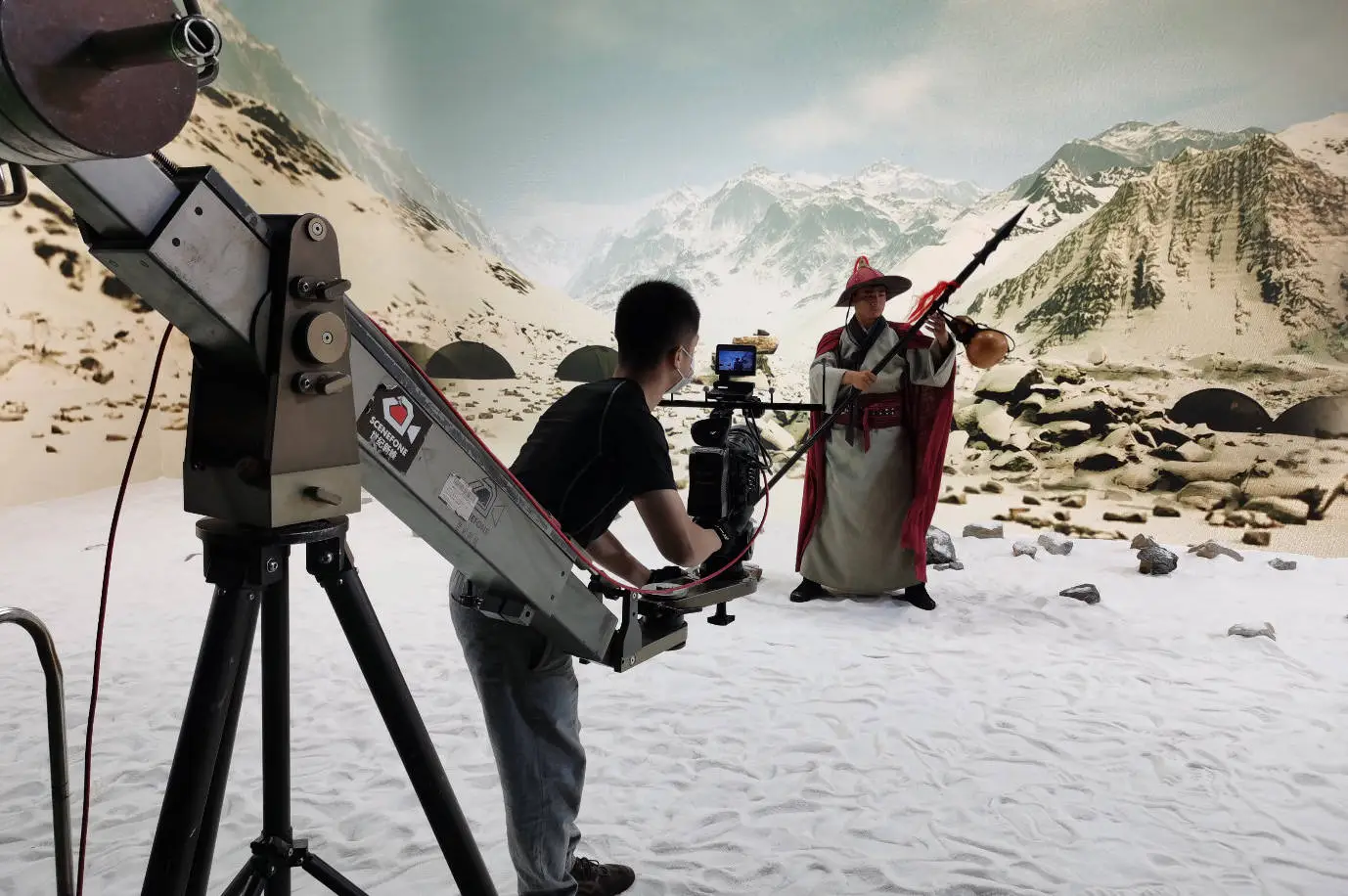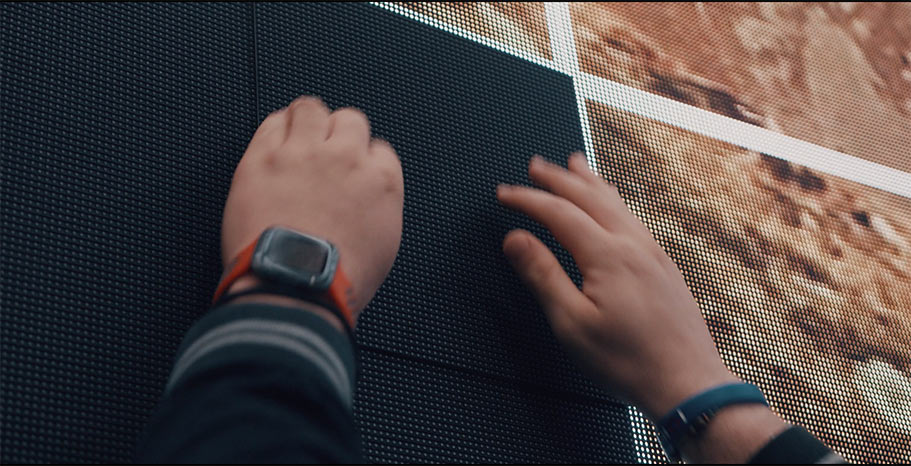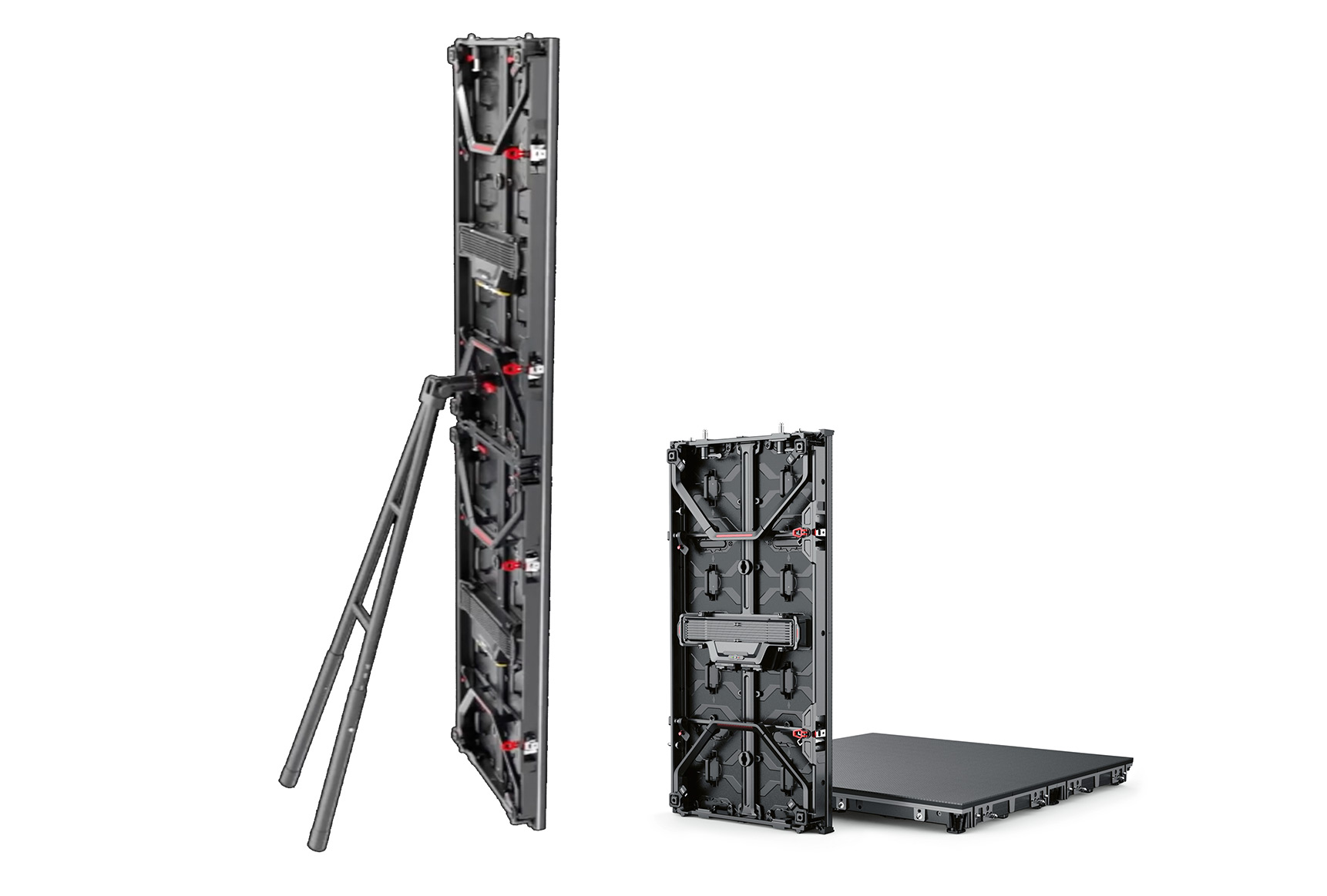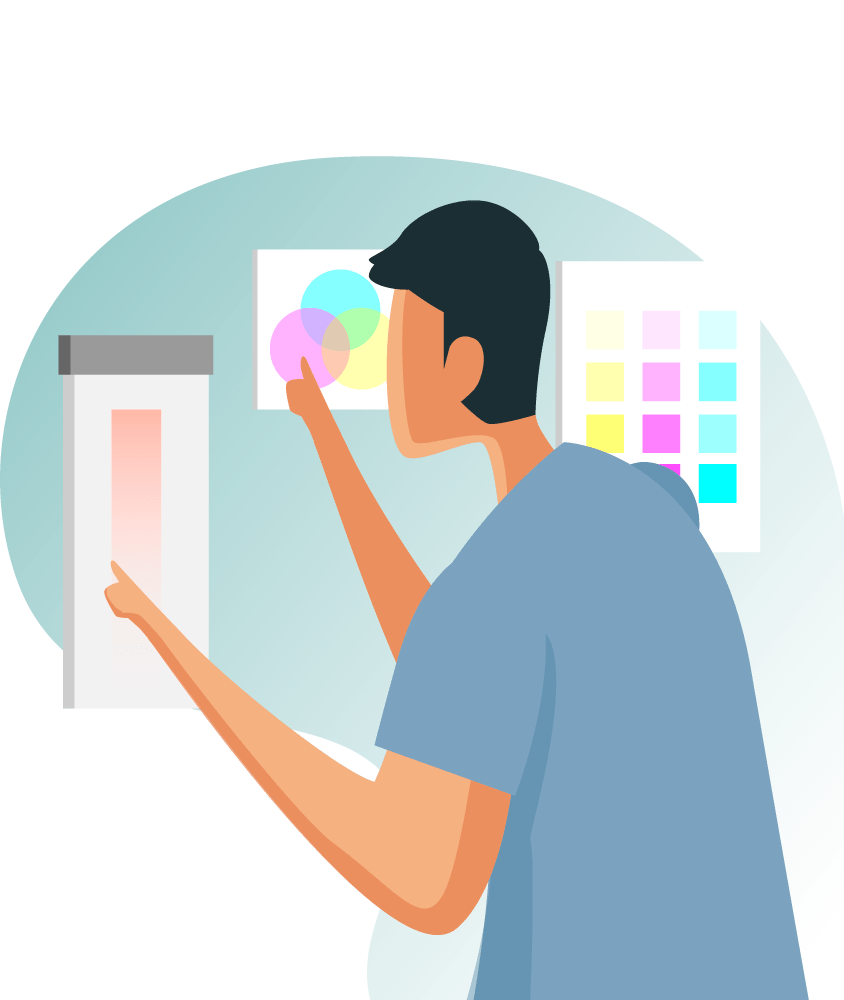Front&Rear service LED Display
LED displays are widely used in various fields, such as advertising, entertainment, education, and sports. They can provide high-quality and dynamic visual effects, attracting the attention of audiences and customers. However, LED displays are also electronic devices that need regular maintenance and repair to ensure their normal operation and performance. There are two main maintenance methods for LED displays: front service and rear service. In this blog post, I will introduce the differences, advantages, and disadvantages of these two methods, and help you choose the best one for your LED display project.
Front service LED display
Front service LED display, also known as front maintenance LED display, is a type of LED display that can be accessed and serviced from the front side. This means that the LED modules, power supplies, control cards, and other components can be easily removed and replaced from the front without affecting the display effect. Front service LED display is suitable for indoor applications where there is limited or no space behind the screen, such as wall-mounted installation, embedded installation, or hanging installation. Front service LED display can save space, reduce installation complexity, and improve maintenance efficiency.
The advantages of front service LED display are:
- It can save space and achieve a higher utilization of the environment. Front service LED display does not need to reserve a maintenance channel behind the screen, which can reduce the overall thickness of the screen structure and integrate with the surrounding architectural environment.
- It can support independent front maintenance, which means that each LED module can be individually removed and replaced without affecting the adjacent modules. This can reduce the maintenance time and cost, and avoid unnecessary damage to the screen.
- It can simplify the installation process and reduce the difficulty of wiring. Front service LED display can be installed with magnetic or screw fixation, which can be easily adjusted and aligned. The wiring can be hidden behind the screen or in the cabinet, which can improve the appearance and safety of the screen.
ethods: front service and rear service. Each method has its own advantages and disadvantages, and you should choose the best one according to your specific needs and conditions. I hope this blog post has helped you understand the differences, advantages, and disadvantages of these two methods, and helped you choose the best one for your LED display project. If you have any questions or comments, please feel free to contact me. Thank you for reading!
The advantages of front service LED display
It can save space and achieve a higher utilization of the environment. Front service LED display does not need to reserve a maintenance channel behind the screen, which can reduce the overall thickness of the screen structure and integrate with the surrounding architectural environment.
- It can support independent front maintenance, which means that each LED module can be individually removed and replaced without affecting the adjacent modules. This can reduce the maintenance time and cost, and avoid unnecessary damage to the screen.
- It can simplify the installation process and reduce the difficulty of wiring. Front service LED display can be installed with magnetic or screw fixation, which can be easily adjusted and aligned. The wiring can be hidden behind the screen or in the cabinet, which can improve the appearance and safety of the screen.
The disadvantages of front service LED display are:
- It may affect the heat dissipation performance of the screen. Front service LED display has a relatively closed structure, which may reduce the air circulation and increase the temperature of the screen. This may shorten the lifespan of the components and affect the stability of the screen.
- It may increase the cost of the screen. Front service LED display requires a special design and structure, which may increase the material and labor cost of the screen. The front service LED display also needs a higher protection level to prevent dust and moisture from entering the screen.
Rear service LED display
Rear service LED display, also known as back maintenance LED display, is a type of LED display that can be accessed and serviced from the back side. This means that the LED modules, power supplies, control cards, and other components can be easily removed and replaced from the back through a door-like opening or a maintenance channel. Rear service LED display is suitable for outdoor applications where there is enough space behind the screen, such as building exterior walls, rooftops, or columns. Rear service LED display can provide better heat dissipation performance and lower cost.
The advantages of rear service LED display are:
- It can provide better heat dissipation performance and longer lifespan. Rear service LED display has a relatively open structure, which can facilitate the air circulation and lower the temperature of the screen. This can extend the lifespan of the components and improve the stability of the screen.
- It can lower the cost of the screen. Rear service LED display has a simpler design and structure, which can reduce the material and labor cost of the screen. The rear service LED display also has a lower protection level, which can save the cost of waterproof and dustproof measures.
The disadvantages of rear service LED display are:
- It may occupy more space and affect the appearance of the environment. Rear service LED display needs to reserve a maintenance channel behind the screen, which can increase the overall thickness of the screen structure and affect the integration with the surrounding architectural environment.
- It may complicate the installation process and increase the difficulty of wiring. Rear service LED display needs to be installed with steel structure or bracket, which can be more cumbersome and time-consuming. The wiring may also be exposed to the outside, which can affect the appearance and safety of the screen.
How to choose the best maintenance method for your LED display project?
The choice of the maintenance method depends on the specific requirements and conditions of your LED display project, such as the installation location, the screen size, the budget, and the maintenance frequency. Here are some general guidelines to help you make the best decision:
- If your LED display is installed indoors, where there is limited or no space behind the screen, you should choose front service LED display. This can save space, simplify installation, and improve maintenance efficiency.
- If your LED display is installed outdoors, where there is enough space behind the screen, you should choose rear service LED display. This can provide better heat dissipation, lower cost, and higher reliability.
Of course, these are not absolute rules, and there may be exceptions or special cases. For example, some outdoor LED displays may also adopt front service LED display to achieve a more creative and flexible design, such as curves, bends, or corners. Some indoor LED displays may also adopt rear service LED display to achieve a lower cost and better heat dissipation. Therefore, you should consult with a professional LED display supplier or manufacturer to get the best solution for your LED display project.
Conclusion
LED display maintenance method is an important factor that affects the performance, cost, and lifespan of your LED display. There are two main maintenance m

